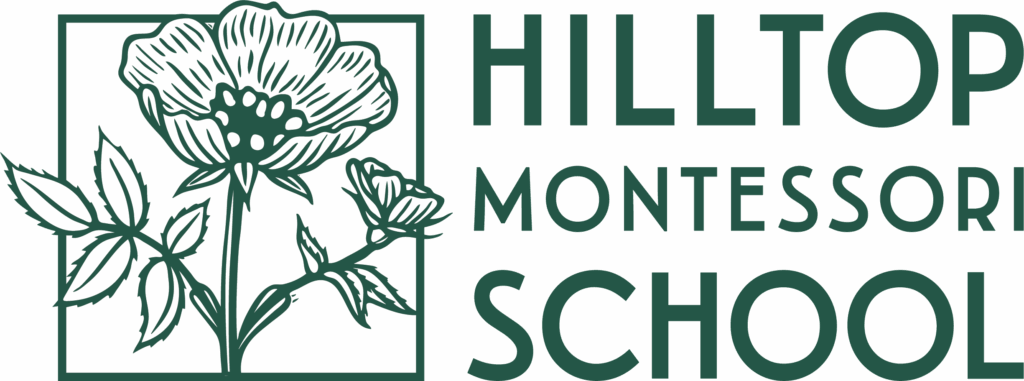by Tamara Mount, Sept 12, 2014
One of the critical components of an authentic Montessori program is mixed age groups, usually three years in the same classroom. Hilltop has always had three years together for Children’s House, Lower Elementary and Upper Elementary. At times labels for the three years within each grouping have been used. To further blend the years, we are moving away from the using grade names and only occasionally using the “Younger”, “Middler”, and “Older” names. The more fully these three years are mixed, the greater the benefits. A few of the advantages of having the mixed ages are:
Older children solidify their learning and confidence when helping or teaching younger children, and younger often learn better from another child than from an adult.
Children can learn a skill or topic when they are developmentally interested, not at a predetermined time when students are “normally” learning that topic. All children of a set age do not need to be learning the same skill.
Children can take the time they need to work on a topic and then move to the next, whether that be longer or shorter than others, without being labeled “ahead”/”advanced”/”accelerated” or “slow”/”remedial”/”special”. A child with particular strength in one area can move more quickly through material, while a student who needs more practice on concepts can take more time. In doing this, they are just getting the “lessons” and doing the work that is right for them, no labels necessary.
Social diversity among ages gives more choices for friendships allowing for different levels of maturity and interests among ages. Students are not restricted artificially by chronological age but have a greater variety of friends to choose among.
In this type of environment, the distinctions of grade and the perception of someone being ahead or behind their grade don’t exist and students see each other, and themselves, more as individuals learning what they need to learn, able to help others in some topics and benefiting from others in another subject. Elementary age students might wonder at being in a math group with so many older children, or being in a reading group with younger children. In time, however, these perceptions break down and students see themselves and others engaging in material that is interesting and appropriate for them. They also begin to relish their roles as teachers themselves.
This mixed age grouping is not only for specific lessons, but also for the choices of follow-ups to the cultural/science lessons. For example, with the Lower Elementary class studying Nouns, there is one follow-up work to “label the environment”, another to list nouns that fit into categories (things that are “fuzzy”), and another work of identifying nouns in a “big book”, or classifying concrete and abstract nouns. If a child is really getting into nouns, they could do them all!
In conjunction with this academic and social mixing, we also have projects that are built into the traditions of each classroom, especially in the third year of each program. The “Olders” of Children’s House have pottery class in the winter; the “Olders” of Lower Elementary their biography and atlas projects, and the “Olders” of Upper El their Individual Study Project (ISPs). These traditions are important rite-of-passage and leadership opportunities at each program level.
We need partnership from parents to help reinforce the fact that people learn things at different times and paces at Hilltop Montessori School. Each child works on the lessons that they are ready for and interested in:
- when your child wonders why they are in a math group with so-and-so, explain that the groupings are determined by who is ready for each lesson
- when your child talks about a new friend, rather than asking what grade that child is in, ask what your child likes most about them, or what they talk about, etc. (For additional tips on questions to ask your children that get more conversation going than “How was your day at school?” check out this article.
- if your child wants to be in a reading group that is doing chapter books, encourage her to read more with you at home to become a more fluent reader (it takes practice, not smarts)
- if your child is asked what grade they are in by a friend or family member, please help them explain the three year groupings and use it as an opportunity to explain one of the many attributes of Montessori.

